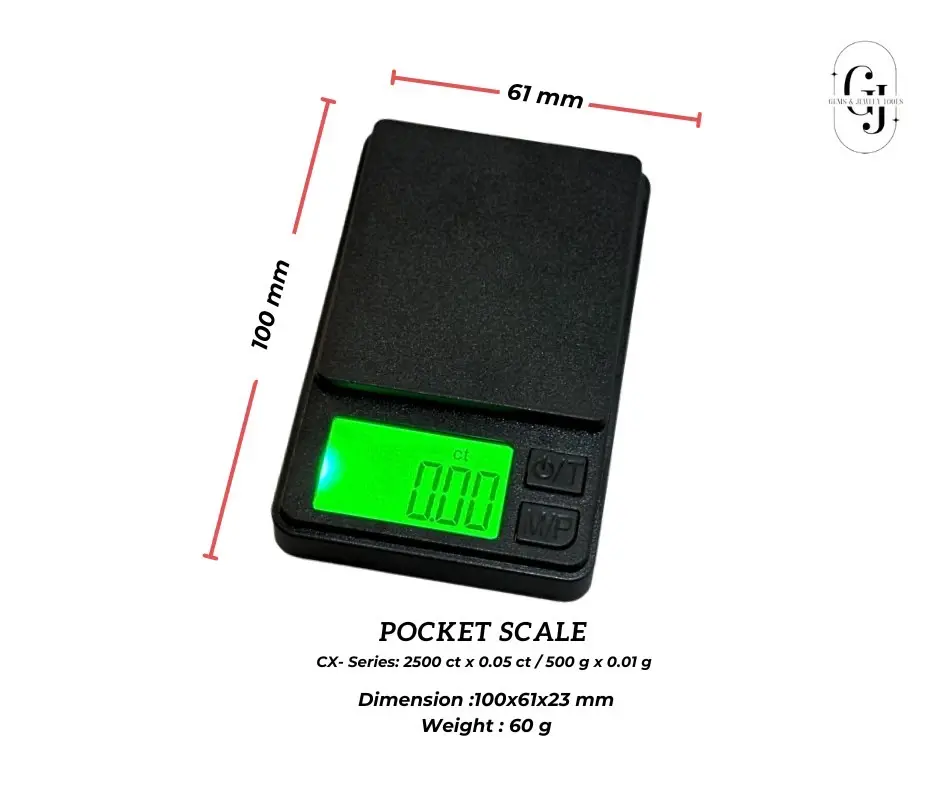Rose Bengal Powder: High-Purity Stain for Microbiological and Diagnostic Applications
Catalog No.: ASC-1014
Synonyms:
- Acid Red 94, Bengal Rose B sodium salt, 4,5,6,7-Tetrachloro-2′,4′,5′,7′-tetraiodofluorescein disodium salt, Rose Bengal sodium, Rose Bengal extra, Rose Bengal disodium, Japan red 105-1, PV-10 sodium, Aka105(1), C.I. 45440
Introduction
Rose Bengal Powder is a distinctive red dye belonging to the xanthene class of compounds. Renowned for its potent staining capabilities, Rose Bengal is widely utilized in microbiology, ophthalmology, histology, and environmental studies. Its ability to selectively stain cells and inhibit bacterial growth makes it an invaluable tool for researchers, clinicians, and environmental scientists.
Key Features
High Purity and Quality: Manufactured under stringent quality controls to ensure consistent performance and reliable results.
Selective Staining Properties: Exhibits affinity for damaged or degenerated cells, enhancing visualization and identification.
Antimicrobial Activity: Inhibits bacterial growth, particularly in fungal culture media, improving isolation and enumeration of fungi.
Versatile Applications: Used across multiple disciplines, including microbiology, ophthalmology, histopathology, and environmental monitoring.
Water-Soluble: Easily soluble in water and ethanol, allowing for straightforward preparation and application.
Chemical and Physical Properties
Chemical Name: Rose Bengal
Chemical Formula: C20H2Cl4I4Na2O5
Molecular Weight: 1017.65 g/mol
CAS Number: 632-69-9
Appearance: Dark reddish to purple crystalline powder
Solubility: Soluble in water and ethanol
Storage Conditions: Store in a cool, dry place away from direct sunlight
Applications
1. Microbiology
Selective Fungal Media:
Rose Bengal Agar: Incorporated into agar media to selectively isolate and enumerate yeasts and molds from environmental samples, food, and clinical specimens.
Bacterial Growth Inhibition: Suppresses bacterial colonies, enhancing the visibility and count accuracy of fungal organisms.
Environmental Monitoring:
Used in assessing fungal contamination levels in air, soil, and water samples.
2. Ophthalmology
Diagnostic Staining:
Applied as an ophthalmic stain to detect damaged conjunctival and corneal cells in conditions like keratoconjunctivitis sicca (dry eye syndrome) and herpes simplex keratitis.
Cell Viability Assessment: Differentiates between live and damaged cells on the ocular surface.
3. Histology and Cytology
Tissue Staining:
Utilized in staining procedures to highlight cellular structures and pathological changes in tissue sections.
Cancer Research: Aids in identifying tumor margins and studying cellular behaviors.
4. Photodynamic Therapy
Medical Treatment:
Investigated as a photosensitizing agent in photodynamic therapy (PDT) for targeting cancer cells and microbial infections.
Mechanism: Generates reactive oxygen species upon light activation, inducing cell death in targeted areas.
Benefits
Enhanced Visualization:
Provides sharp contrast and vivid coloration, improving accuracy in microscopy and diagnostics.
Selective Action:
Targets specific cells or microorganisms, reducing background noise and enhancing specificity.
Reliable Performance:
Consistent staining results due to high purity, facilitating reproducible outcomes in experiments and clinical assessments.
Broad Utility:
Applicable in diverse fields, offering a cost-effective solution for various staining needs.
Usage Guidelines
Preparation of Staining Solutions
For Microbiological Media:
Typically added at concentrations of 0.01–0.05 grams per liter to agar media.
Dissolve Rose Bengal Powder in a small volume of distilled water or ethanol before adding to the media to ensure even distribution.
For Ophthalmic Use:
Prepared under sterile conditions at concentrations advised by medical guidelines.
Note: Only use pharmaceutical-grade Rose Bengal formulated specifically for ophthalmic applications.





![Tricine, N-[Tris(hydroxymethyl)methyl]glycine – High-Purity Buffering Agent](https://static.wixstatic.com/media/83e903_92aedb8de5654cfcb1d432035ead7fd5~mv2.jpg/v1/fill/w_980,h_691,al_c,q_85,usm_0.66_1.00_0.01,enc_avif,quality_auto/83e903_92aedb8de5654cfcb1d432035ead7fd5~mv2.jpg)














